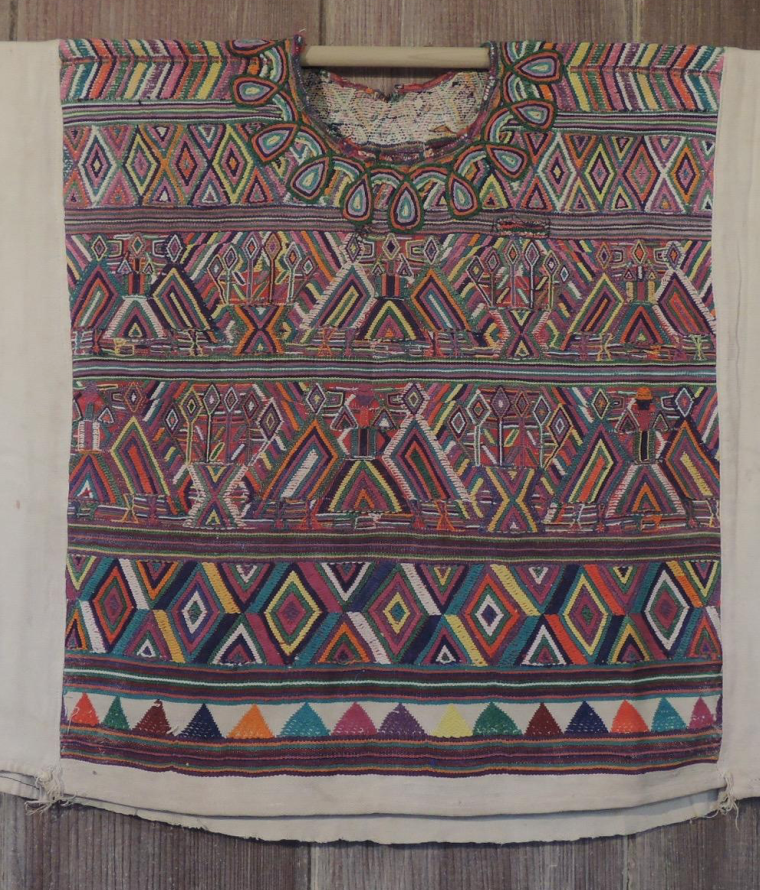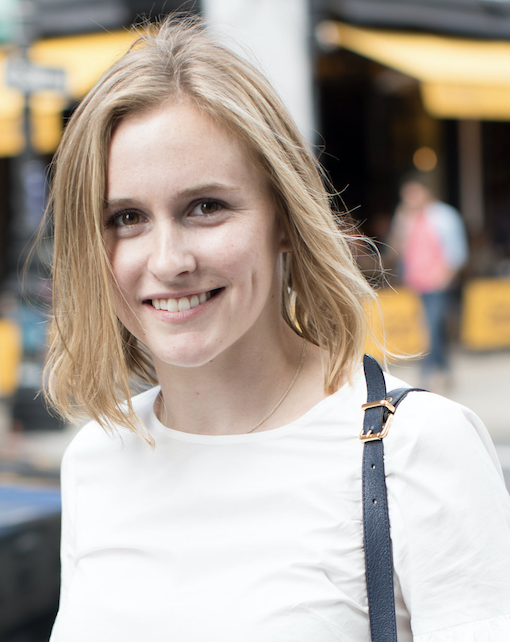Name: Claudia Libow
Class year: 2019
Major: Fiber Science and Apparel Design – Fashion Design Management
When did you begin working in the collection and what inspired you to join the CCTC?
I began working in the collection in the Fall of my sophomore year. While taking Professor Green’s class, FSAD 1250: Art, Design and Visual Thinking, I was exposed to pieces from the collection as a Freshman and knew I wanted to someday join the team. I am very interested in fashion history and I wanted an opportunity to expand on this interest with a hands on experience.
What is your favorite piece in the Cornell Costume & Textile Collection and why?
I can’t pick a specific pair, but I find all of the shoes from the 19th and early 20th century so fascinating. Not only are they tiny, delicate and beautifully decorated, but they look incredibly uncomfortable and I cant imagine them actually being worn.
Share one surprising thing you’ve learned while working in the collection:
Before working in the collection, I assumed it was just a large room of old textiles and clothing. I had no idea how complicated it is to catalogue, store and preserve the items. It actually took quite some time to learn to navigate the collection.
What are your career goals? How do you imagine working in the CCTC will help you to realize these goals?
As an aspiring fashion journalist, the knowledge I have gained from working in the CCTC is invaluable. The background and historic information that I have learned provide me with references I never would have had otherwise.
If you were to donate one item from your personal wardrobe to the collection, what would it be and why?
I would donate a vintage, hot-pink taffeta blouse that I bought at a flea-market. It is beautifully constructed and I’ve held onto it for years but since it doesn’t get much wear, I think it would be more useful in the collection than in my own wardrobe.
What is missing from the CCTC? What garment, textile, or accessory do you think we should have, but don’t?
I think the CCTC should attempt to expand the collection of contemporary pieces. I think it could be really interesting if we started finding garments or textiles that we think contextualize our time.

Front detail of a huipil (blouse) from Nebaj, El Quiché, Guatemala, ca. 1960s-1970s. The central panel, seen here, is woven on a white cotton base cloth with a single faced supplementary weft brocade. If you look closely at the neckline, you will notice that the brocade is nearly invisible on the reverse side. Photo by Janet Berlo.

Claudia’s exhibit of Guatemalan textiles and clothing, located on Level 2 of the Human Ecology Building
What has been your most meaningful project in the CCTC?
I spent nearly an entire semester closely analyzing, researching, and then cataloging a sizable donation of Maya garments and textiles. They were donated by Dr. Janet Berlo, who collected them while doing fieldwork in Guatemala 1977-1986. Once I had finally finished, I was given the opportunity to hang a small exhibition in one of the display cases on the second floor of the Human Ecology Building. Not only did I leave the project with knowledge of Guatemalan craftsmanship and tradition, but I also got to experience curating my own (very small!) exhibit.
What is your hope for the future of the CCTC?
I hope that the CCTC continues to collaborate with different groups across campus. Fashion is always relevant to so many other disciplines and I think the CCTC should continue to participate in projects throughout Cornell’s colleges.

